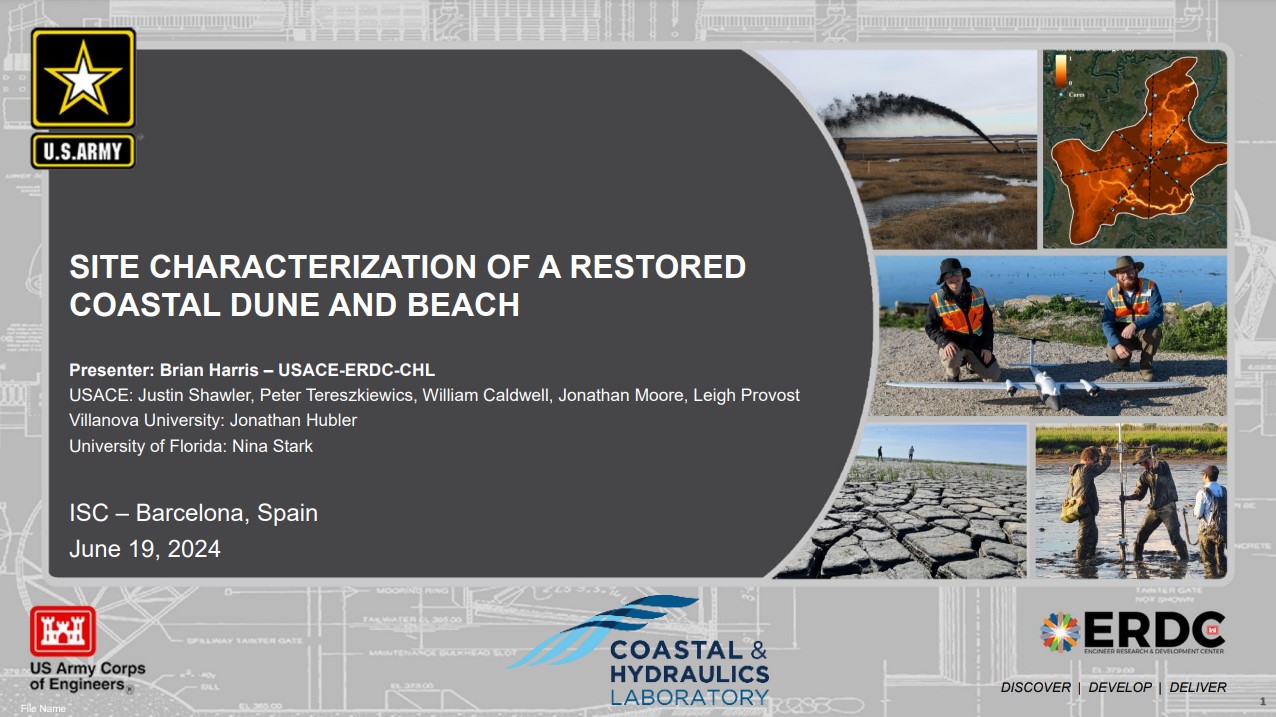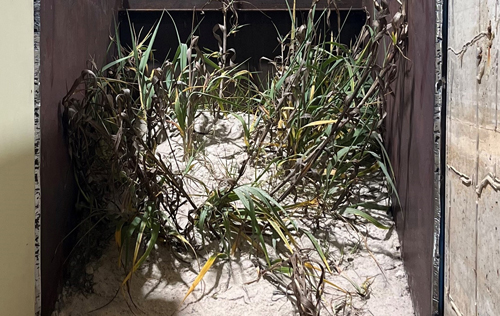Coastal dune vegetation is known to modify dune ecosystem response to wind, waves, and storms, but little focus has been given to understanding how vegetation, specifically belowground structures can enhance dune stability. Further, coastal dune plant communities can be diverse and may have similarly diverse restoration histories. However, little is known about how different species and previous management activities alter sediment strength, stability, and overall dune morphology.
Objective
The goal of this project is to relate coastal dune vegetation properties to dune stability metrics and erosion rates using field experiments, observational surveys, physical models, and idealized numerical models. By linking field data and models, we will improve our understanding of how dunes with different vegetation cover and restoration histories respond to extreme storm events.
Approach
We will build an idealized numerical dune model and simulate dune response to storms under varied angles of repose and critical shear stresses, two variables modified by vegetation. The parameterization of these models will come from field measurements of above- and belowground vegetation, dune slopes, and sediment properties. Furthermore, we will simulate dune erosion under different conditions using a physical model. Lastly, we will deploy a large-scale experiment to evaluate how modifying dune planting practices can increase the rate of dune reestablishment and enhance belowground biomass following restoration.








